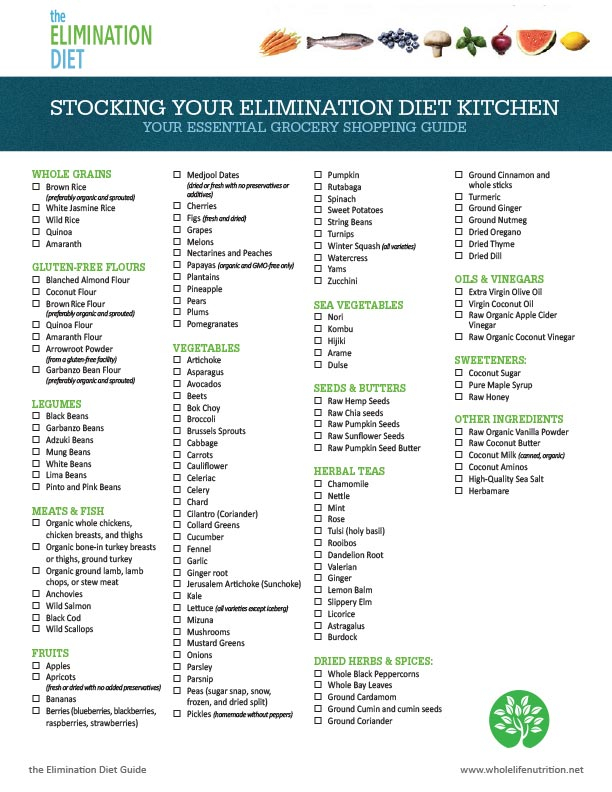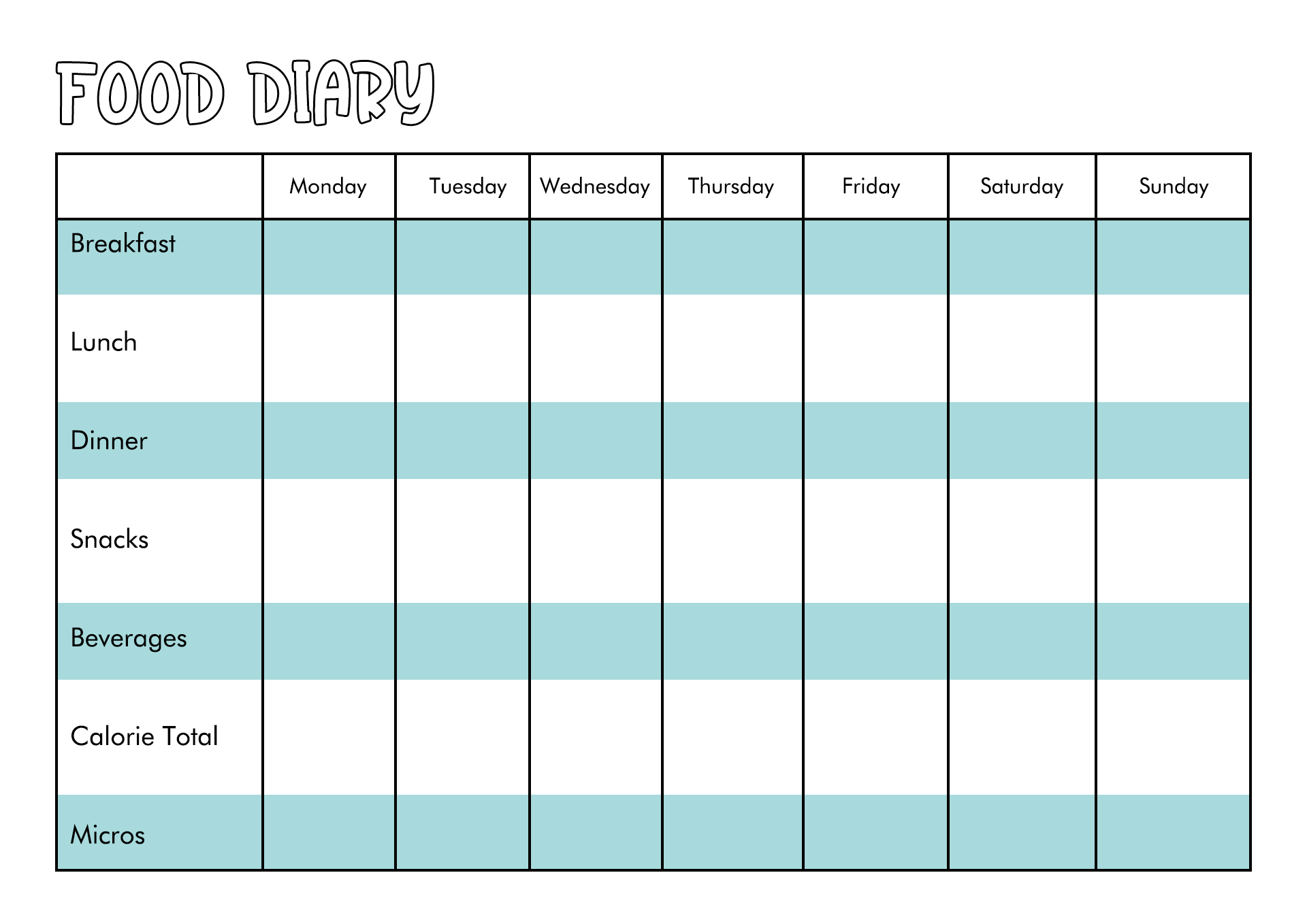Elimination diets have been gaining popularity in recent years as a way to identify food intolerances and allergies that can cause various symptoms in the body. If you are experiencing unexplained symptoms such as bloating, headaches, fatigue, or skin issues, an elimination diet may be a helpful tool in determining if certain foods are the cause.
Benefits of an Elimination Diet
By eliminating certain foods, you can give your digestive system a break and reduce inflammation in the body. This can lead to a host of benefits, including improved digestion, clearer skin, increased energy, and reduced joint pain. In addition, an elimination diet can help identify food triggers that are causing symptoms, allowing you to develop a personalized plan for optimal health.
 Common Elimination Diet Foods
Common Elimination Diet Foods
There are several common foods that are often eliminated during an elimination diet. These include:
- Dairy: Milk, cheese, yogurt, and other dairy products
- Gluten: Found in wheat, barley, and rye
- Soy: Soybeans and products made from soy, such as tofu and soy milk
- Eggs: Often a culprit for skin issues or digestive discomfort
- Corn: Corn can be difficult to digest for some people
 Elimination Diet Meal Plan
Elimination Diet Meal Plan
If you are considering an elimination diet, it can be helpful to have a meal plan to follow. This will help to ensure that you are getting all of the nutrients that your body needs, even while eliminating certain foods. Here is a sample elimination diet meal plan:
- Breakfast: Sweet potato hash with sautéed spinach and a side of turkey bacon
- Snack: Apple slices with almond butter
- Lunch: Grilled chicken salad with avocado, mixed greens, and a lemon vinaigrette
- Snack: Carrot sticks with hummus
- Dinner: Baked salmon with roasted asparagus and quinoa
 How to Implement an Elimination Diet
How to Implement an Elimination Diet
Before starting an elimination diet, it is important to speak with a healthcare professional to ensure that it is safe for you and to get guidance on how to do it properly. It is also important to keep a food journal to track any symptoms or changes that occur during the process. Here are some basic steps to follow:
- Identify common food triggers and eliminate them from your diet for at least 2-4 weeks
- Gradually reintroduce foods one at a time, noting any symptoms or changes that occur
- Take note of any food triggers that cause symptoms and remove them from your diet permanently or in small doses
- Develop a personalized diet plan that works for you and your body
 Elimination Diet Food List
Elimination Diet Food List
During an elimination diet, there are many foods that are allowed. Here are some foods that can be included in an elimination diet:
- Vegetables: All vegetables except for nightshades (tomatoes, peppers, potatoes, and eggplant)
- Fruits: Most fruits, except for citrus and berries (which can be reintroduced later)
- Grains: Gluten-free grains such as rice, quinoa, and millet
- Protein: Chicken, turkey, fish, and some legumes (lentils and chickpeas)
- Fats: Olive oil, coconut oil, ghee, and other healthy fats
 Elimination Diet Resources
Elimination Diet Resources
There are many resources available for those embarking on an elimination diet journey. Here are a few:
 Monitoring Symptoms During an Elimination Diet
Monitoring Symptoms During an Elimination Diet
As mentioned earlier, it is important to keep a food journal during an elimination diet to track any symptoms or changes. Here is how to do it:
- Record the date and time of each meal
- List all of the foods and drinks consumed at each meal
- Take note of any symptoms or changes that occur, such as bloating, headaches, or changes in energy
 Elimination Diet Tips
Elimination Diet Tips
Embarking on an elimination diet can be challenging, but here are some tips to help make it a success:
- Plan meals and snacks ahead of time
- Choose a variety of foods to keep meals interesting
- Create a support system by involving family and friends
- Stay hydrated by drinking plenty of water throughout the day
- Listen to your body and trust your instincts
 Conclusion
Conclusion
An elimination diet can be a powerful tool in identifying food triggers and improving overall health. By eliminating certain trigger foods and tracking symptoms, you can develop a personalized plan that works for you and your body. Speak with a healthcare professional before starting an elimination diet to ensure that it is safe and effective for you. With proper planning and support, an elimination diet can lead to improved digestion, clearer skin, increased energy, and reduced joint pain.